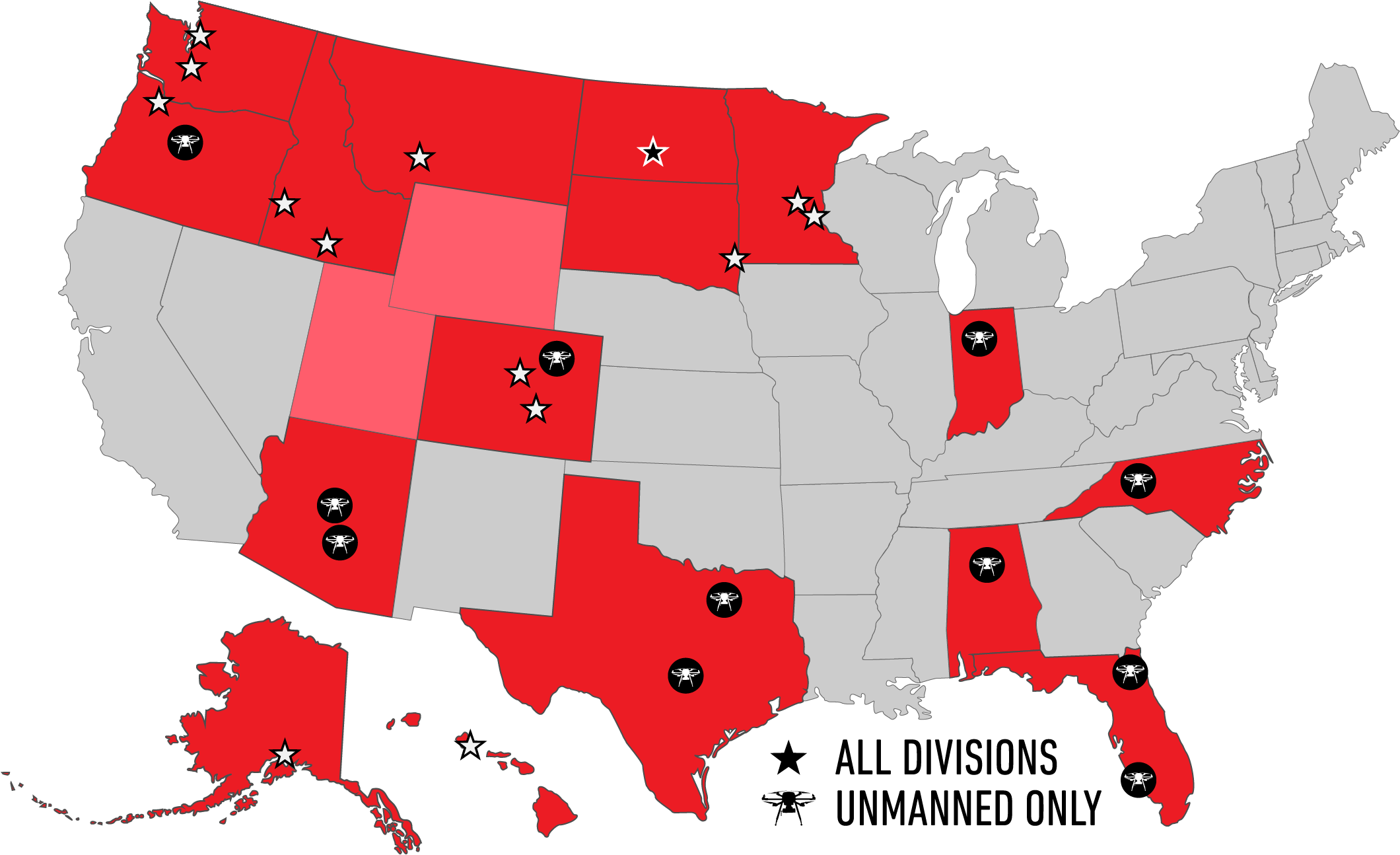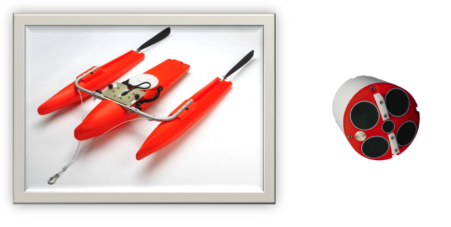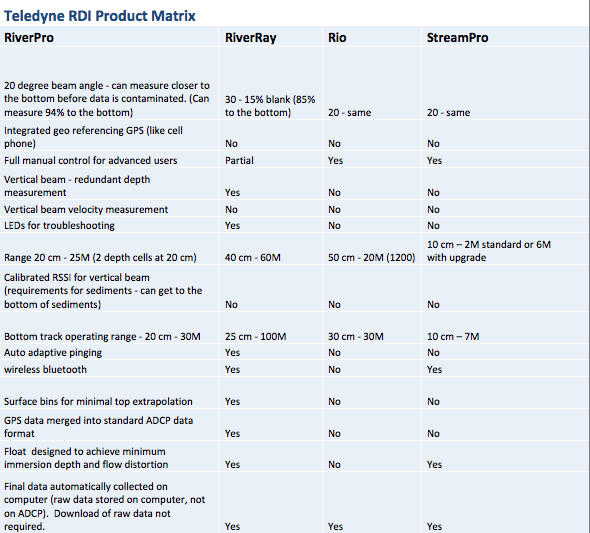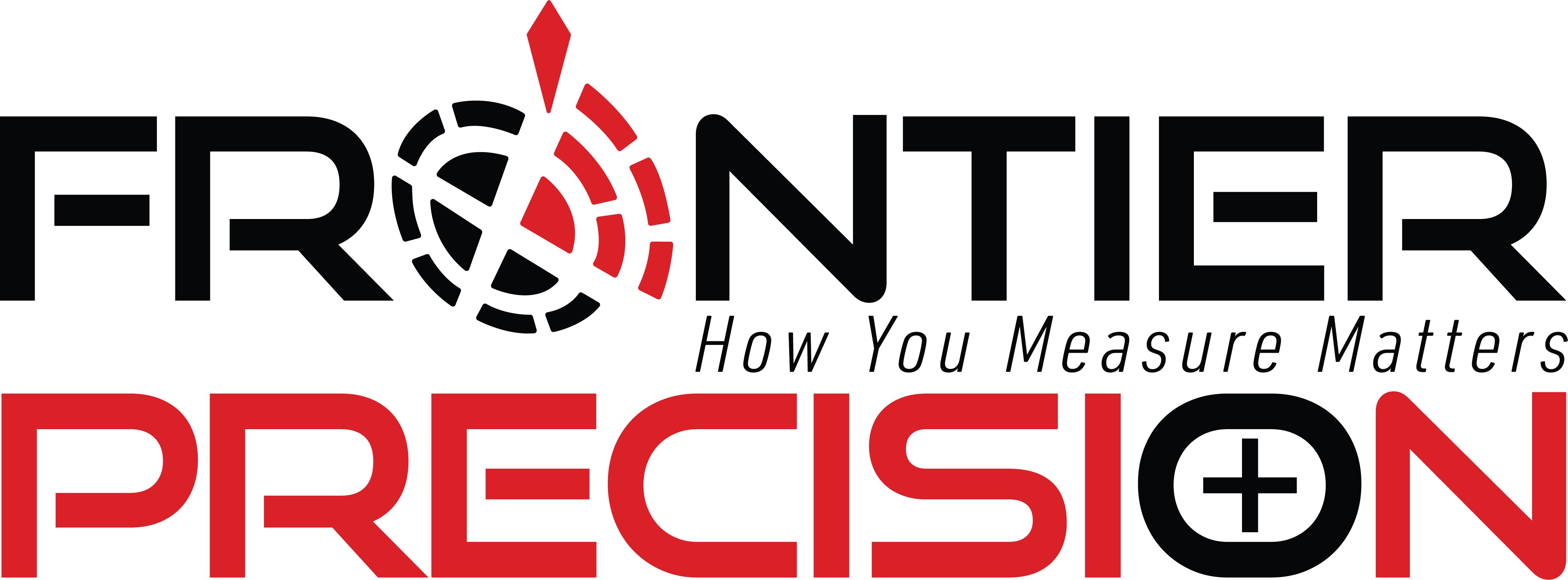As portable acoustic Doppler current profiler (ADCP) technology becomes the standard for stream and river flow measurement there is a wider selection of ADCP’s from which to choose. How do you know which ADCP best fits your measurement needs?
Ask yourself these questions:
- What are the channels like that I want to measure:
- How shallow do I need/want to measure?
- What are the maximum depths of my channels?
- How fast and turbulent is the water in my rivers, streams and canals?
- What is the maximum width of my channels? (communication choices)
- How will I deploy the ADCP to make my measurements (e.g. tethered from a bridge, from a manned boat, cableway, etc)
- What do I want to accomplish and what are my goals?
- What tablets, field computers are available or required to view/log the data in the field?
- What is my budget?
- How many people will use the ADCP?
- Do I have potential for a moving bed in my channels?
- Do I need a GPS with my ADCP?
- Are there other, possibly future uses for the ADCP data?
- Do my measurement methods need to meet established standards by state or federal agencies?
- How much sediment is in the streams, rivers, canals that I plan to measure?
- What is required to power my ADCP?
- Is internal data recording in the ADCP important?
Channel dimensions, especially as they relate to minimum and maximum depth are important for the proper selection of an ADCP. If the majority of your channels are only 6’ deep, have flattened, naturally sloping banks you will want to choose an ADCP that will go as shallow as possible to maximize the measured area. For example, an ADCP like the Teledyne RD Instruments Stream Pro that can go as shallow as 6-7” would be the best fit for this type of channel where another ADCP of a lower frequency may only be able to go as shallow as 2’ and therefore not directly measure as much of the channel. Of course maximum depth of the water needs to also be considered so you can measure all the way to the bottom.
The velocity of the water combined with expected turbulent flow needs to also be considered. Some floats, especially smaller ones, with flat bottoms, may not be well suited for fast moving water with standing waves.
On very wide rivers you may want to consider if the ADCP can be used from a manned boat or if it supports long range communication options to the shore. Long-range Bluetooth radios with high-gain and directional antennas can cover very wide distances; however, some topography combined with long distances may necessitate radio communication.
Another consideration when selecting an ADCP is the user interface and hardware required/supplied to run the software. Almost all ADCP’s will communicate to a laptop/tablet running MS Windows 7/8, but what if you are a consultant or canal company that can only send one person to the field? It is extremely difficult if not impossible for one person to control an ADCP and a laptop computer at the same time! If this describes your company/agency you may want to look for ADCP with a software program that can run on a small, rugged, handheld field computer.
Your budget for an ADCP is another critical factor. You can get a high-quality ADCP that may be adequate for the job for under $15,000.00 although it may not include all of the capabilities or features that you need to measure larger rivers in difficult conditions. An ADCP for large rivers with a high-speed capable float and GPS may cost over $27,000.00.
If the ADCP that you purchase will be shared by multiple personnel consider if the software can be easily installed on multiple devices or if you will just have one shared device. Also consider how to have all personnel adhere to the same QA/QC standards and if the software includes a utility to monitor or “look-over their shoulder” to make sure data that is collected is consistent and meets standards established by your company/agency eliminating “user-bias”.
In some areas your water may include sections with a sediment layer on the bottom. During certain times of the year this bottom layer may move to the point that it can bias the measurements. Also, some agencies require that a moving bed measurement be made prior to each measurement. Make sure that the ADCP you are considering has a simple interface or routine for easily conducting a moving bed test. If there is a moving bed, make sure your software includes an option for making section-by-section measurements and/or that your ADCP includes a GPS with at least sub-meter accuracy.
With the prevalence of GPS in every facet of our lives it has now become a common option on an ADCP, but how do you know if GPS is worth the added cost for your needs? First of all, consider what you are going to do with the data. If you are plotting your measurements in a GIS then a GPS receiver is obviously a good idea. If you commonly encounter moving beds and don’t have a section-by-section measurement option or find that solution difficult to use at your site, a GPS may be a good idea. Also consider if the ADCP under consideration can easily interface to an off-the-shelf GPS, or is it more convenient to have a factory integrated GPS. On the other hand if your answer to the above questions is, no, it be more simple to use your ADCP without GPS, after all, a good, broad-band ADCP bottom track can rival the most accurate GPS position.
Originally, most if not all ADCP users were primarily interested in making accurate discharge measurements. As ADCP’s become more commonplace users are finding new niches uses such as habitat and sedimentation studies. If you see future uses for these types of studies you may want to weigh certain factors such as how close the ADCP can measure to the bottom and the capabilities of the software to export the raw echo intensity data required for sediment load calculations.
Some agencies require that after an ADCP discharge measurement is made, the data needs to be checked for QA/QC either in the field or the office. This procedure can be very time consuming and subject to human error so you may want to consider if the ADCP you are considering already includes a utility that automatically checks your measurements and procedures and produces some type of “quality compliance” report.
The frequency of an ADCP dictates how shallow or deep it can profile. It can also be an important factor affecting how well it measures in conditions of extremely high or low sediment concentrations. For example, if you are measuring immediately behind an impoundment that traps sediment, an ADCP with a higher-frequency will work better than a lower frequency ADCP that may have a hard time getting a signal return. Conversely, if you are measuring in a sand-channel during the monsoon season an ADCP with a lower frequency will have more chance for success.
As all electronics require some type of power supply, consider how your ADCP is powered. Does the manufacturer require that you use an expensive, proprietary, battery that is only available from them or can you grab any off-the-shelf battery to power your ADCP such as alkaline batteries from the local quicki-mart or a 12 VDC battery from the local big-box store. This could mean the difference between making a measurement in the field or having to travel hours back to the office to get proprietary power supply because you forgot to charge it or it is having a problem.
All portable ADCP’s send the measurements to the operator in real-time via Bluetooth or radio and some ADCP’s have the added ability to record data internally in case of communication failure. Communication failure is rare and is most often the result of a power supply that is getting low (see paragraph on power supplies). If your power supply is getting low and you lose comms you should probably get your ADCP to the bank and change it as opposed to continuing the measurement. Secondly, if you lose communication, on all but the widest rivers (think Mississippi) it is much faster to terminate the current measurement, return to the closest bank, establish communication and begin the transect again than you are to “fly blind” complete the transect, guess that you collected enough edge measurements at the appropriate place, and then go through the laborious process of downloading and processing the data. Lastly, if in the rare event you lose communication, you are not “losing any data”. All of the data sent to the tablet/computer from previous transects or passes as well as the current one is saved on the device, you just need to repeat the transect in progress at the time of the loss.
Below is a matrix of ADCP’s from RD Instruments, the world’s largest manufacture of ADCP’s:
Frontier Precision provides high-quality ADCP’s from Teledyne RD Instruments and can consult with you on the best ADCP for your specific measurement needs. View Details
Products
Technical Services
If you require customized technical services and training, please contact Frontier Precision at 800-359-3703 or reach out to a local Frontier Precision location.
Training and Events
Frontier Precision offers affordable regularly scheduled certified training classes, online eLearning, webinars, as well as custom training options to meet your specific training needs.
About Frontier Precision
Contact Frontier Precision
















